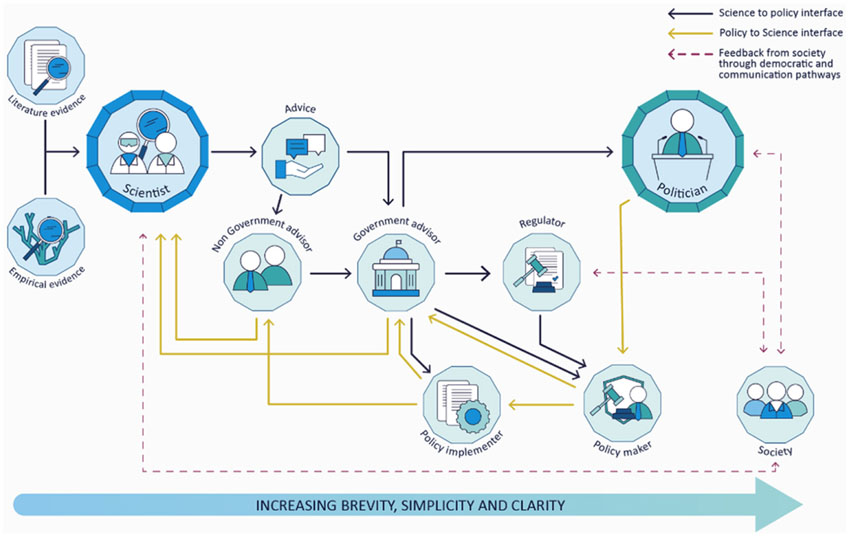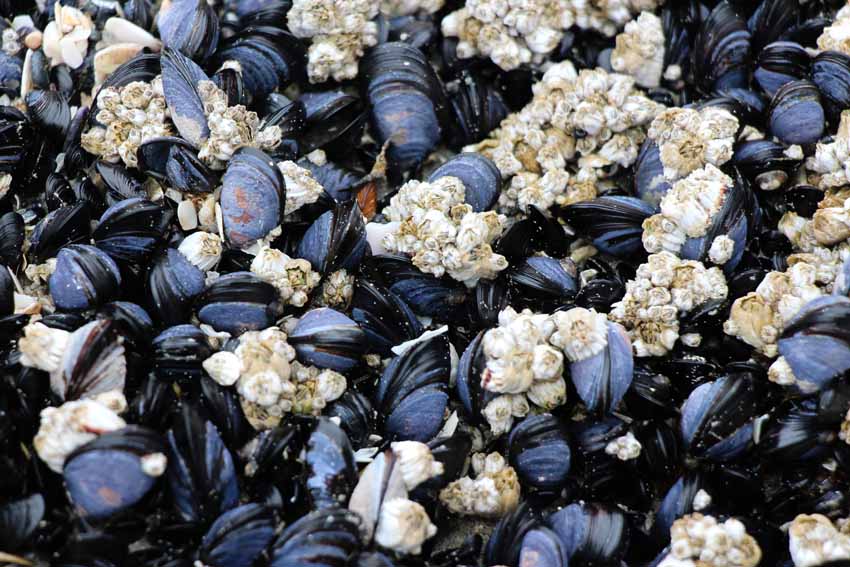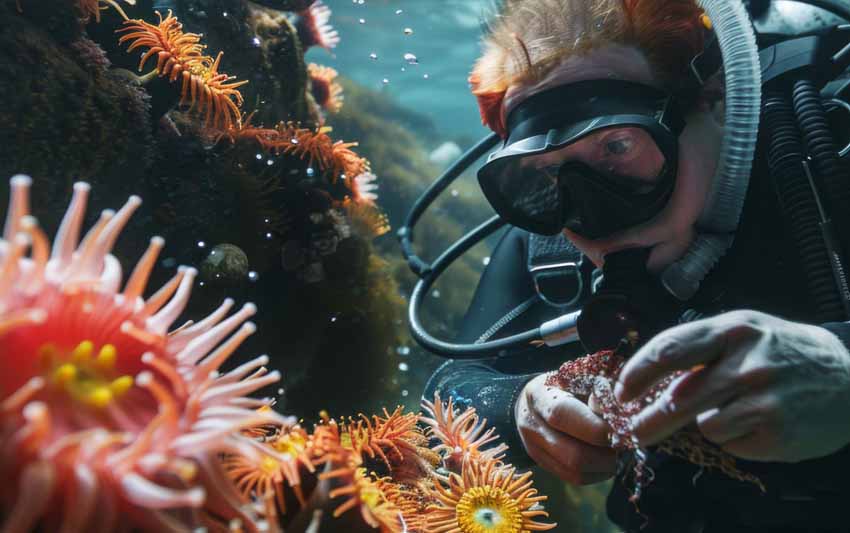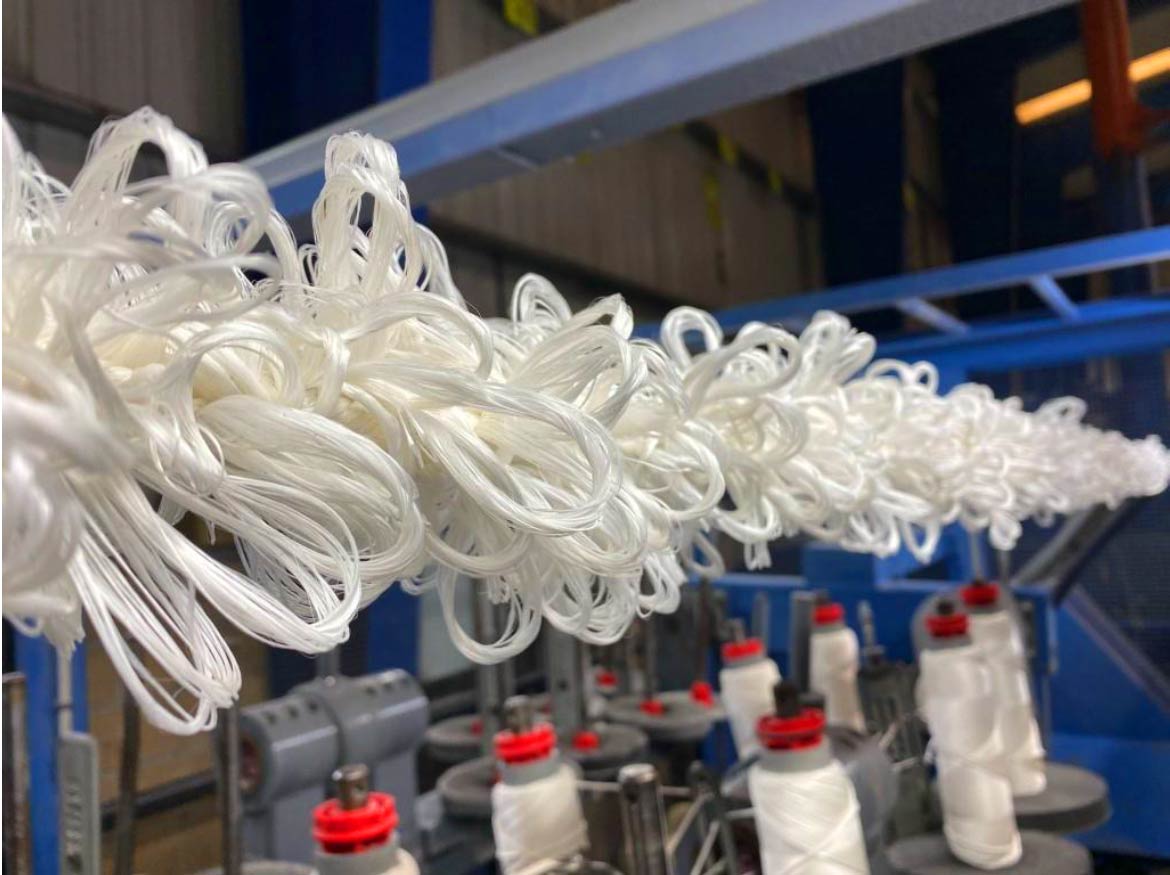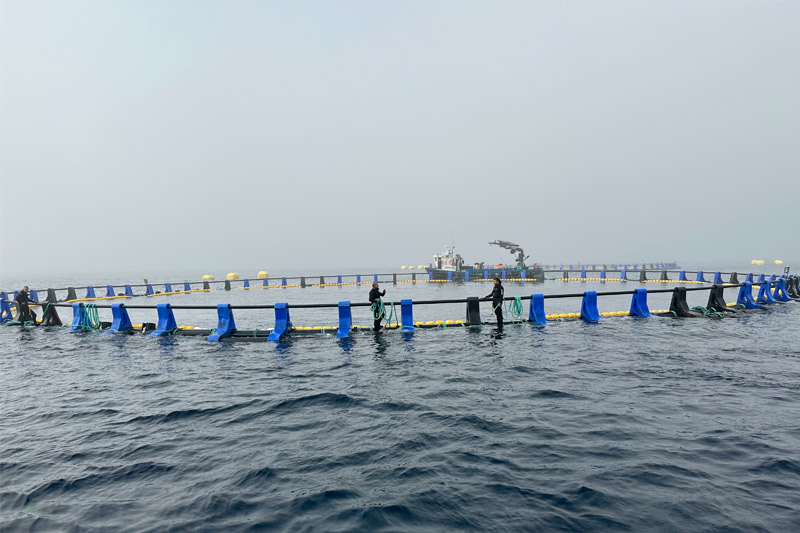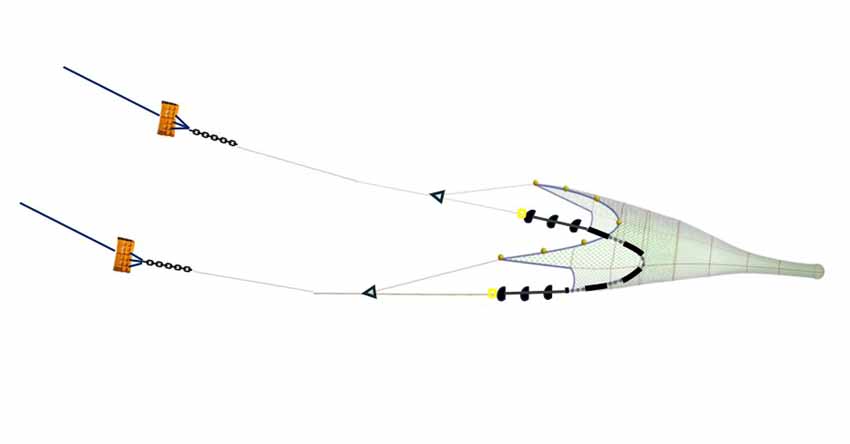The mystery of the Northeast Atlantic mackerel solved: a single genetically connected population
Últimas noticias
When Marine Science Doesn’t Reach Shore: Why Better Communication Can Help Save the Ocean
[EATrends] Food (In)security: A Defining Challenge for the Next Decade
Could Mussels Save Humanity, again?
The Atlantic mackerel (Scomber scombrus) is a highly migratory and commercially valuable species inhabiting both sides of the North Atlantic and the Mediterranean Sea. Despite belonging to the same species, mackerels in these three regions are isolated into three genetically distinct populations. In the Northeast Atlantic population, mackerel spawn annually on the coasts of the Atlantic Arc and the North Sea, before traveling long distances northward for feeding. This behavior has historically led the scientific community to wonder whether there are genetically isolated reproductive groups (called spawning components) within this population, i.e., if the mackerels return to their birthplace after feeding migrations.
A new study conducted by AZTI and recently published in Open Research Europe confirms that there is no genetic evidence supporting the existence of distinct spawning components within the Northeast Atlantic, providing key information for the management of this species. Additionally, the study shows that mackerels from Iceland and Greenland, recent colonization areas of the species, come from the Northeast Atlantic population and not from the Northwest.
Índice de contenidos
An unprecedented genomic study
To address these questions, the AZTI team sequenced, assembled, and annotated the complete genome of the Atlantic mackerel and conducted the most comprehensive population connectivity study of this species in terms of distribution range and number of genetic markers used.
The results confirmed the existence of the three previously described populations (genetically distinct units): Northwest Atlantic, Northeast Atlantic, and Mediterranean. However, within the Northeast Atlantic population, no genetic differences were found between the different spawning areas, refuting the hypothesis of a return migration to the birthplace for spawning in this species.
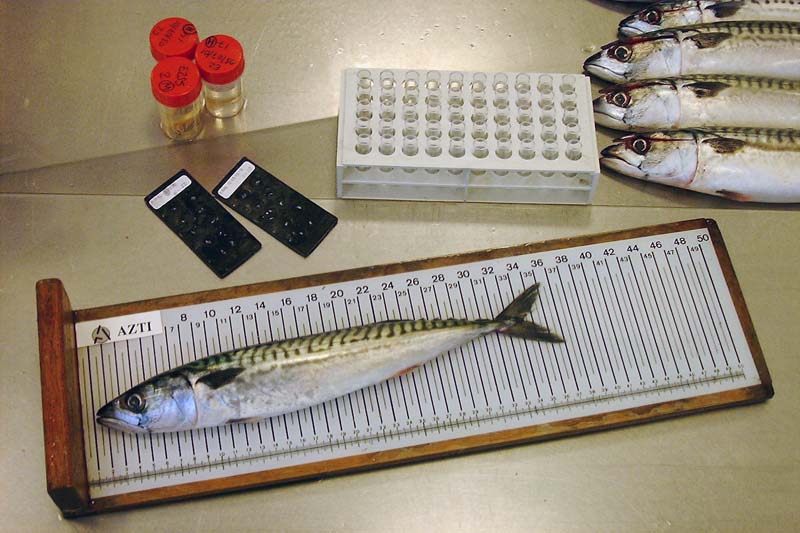
Implications for fisheries management
These findings have significant implications for Northeast Atlantic mackerel management, suggesting that this population should be considered as a single management unit (stock).
The International Council for the Exploration of the Sea (ICES) has already incorporated these findings into its advice on Northeast Atlantic mackerel for 2024, removing from its scientific advice any reference to the need to protect different spawning components. This new research has confirmed that the decision to treat the population as a single stock was correct from the beginning and will avoid the need for for analyzing each spawning component separately.
Closing the circle: confirmation of a pioneering hypothesis
This study also represents the culmination of a research line initiated by AZTI more than three decades ago and led by our recently retired colleague, Andrés Uriarte. In 1994, a tagging and recapture experiment showed that mackerels migrate norward after spawning in southern Bay of Biscay. In 1997 and 1998, another study spanning the entire mackerel spawning area, from Galicia to the Norwegian Sea, found southern mackerels spawning in the west and observed mixing of juveniles and adults in the north, thus demonstrating that all mackerels follow the same migratory routes.
Therefore, these studies already questioned the separation and independent management of spawning components in Northeast Atlantic mackerel. Now, with the support of genetics, the absence of reproductively isolated spawning components is confirmed, closing a key chapter in the research on the ecology and management of this species.
This work has been made possible thanks to the funding from the Department of Agriculture and Fisheries of the Basque Government and the Spanish Government’s General Secretariat of Fisheries, as well as the Ministry of Science and Innovation of Spain and the European Commission.
Cited references:
- Manuzzi A, Aguirre-Sarabia I, Díaz-Arce N et al. Atlantic mackerel population structure does not support genetically distinct spawning components. Open Res Europe 2025, 4:82 (https://doi.org/10.12688/openreseurope.17365.2)
- Uriarte, A., Lucio, P. 2001a. Migration of adult mackerel along the Atlantic European shelf edge from a tagging experiment in the south of the Bay of Biscay in 1994. Fisheries Research, 50: 129 – 139.
- Uriarte, A., Alvarez, P., Iversen, S., Molloy, J., Villamor, B., et al. 2001b. Spatial pattern of migration and recruitment of North East Atlantic Mackerel. ICES CM 2001/O:17.
